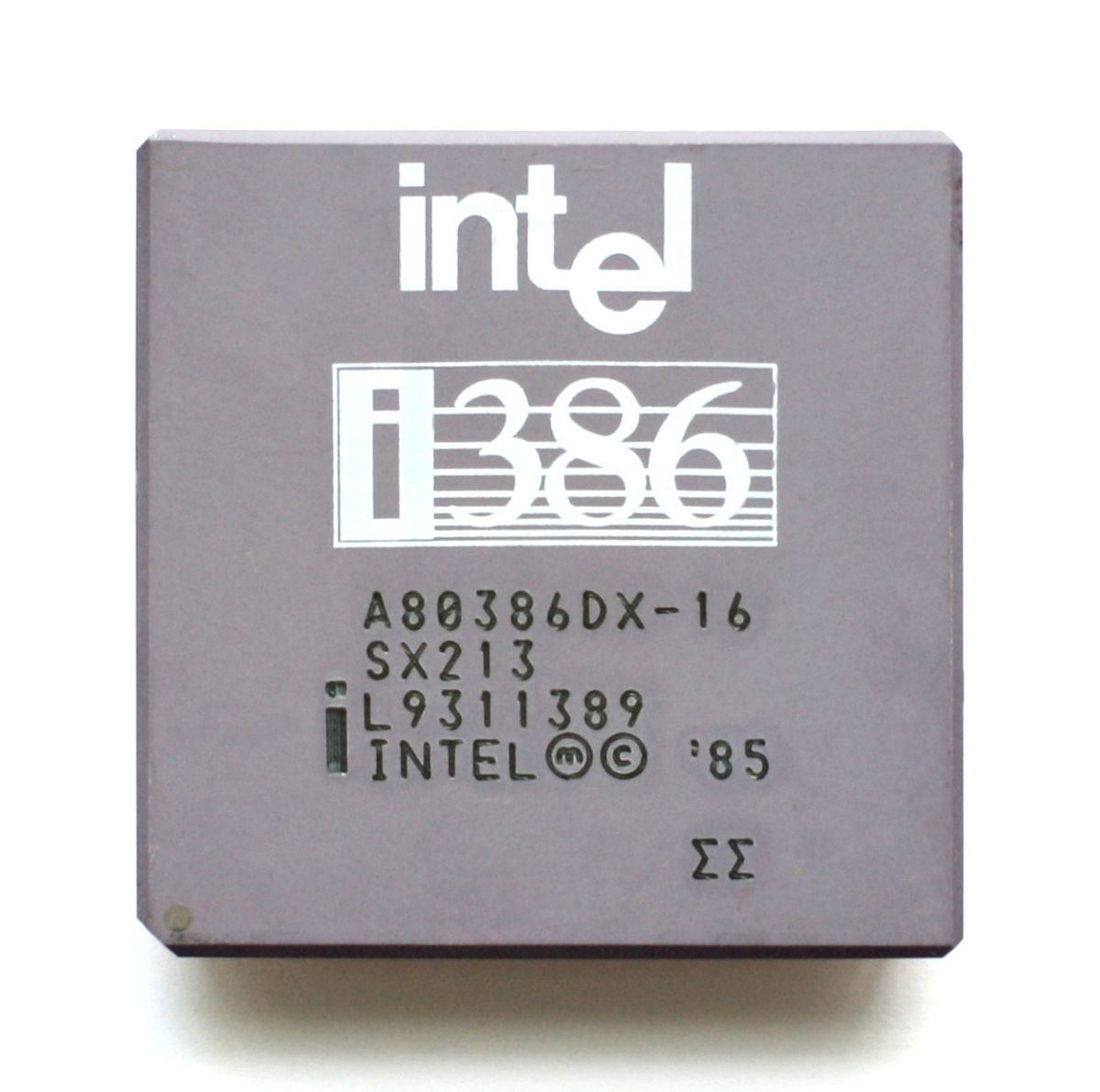EFI is so much better
GPT you mean. Linux can boot in a non-EFI machine that has GPT disk partitions… Windows can’t because it’s dumb.
Yes but by doing so you’re using the same principles as MBR boot. There’s still this coveted boot sector Windows will attempt to take back every time.
What’s nice about EFI in particular is that the motherboard loads the file from the ESP, and can load multiple of them and add them to its boot menu. Depending on the motherboard, even browse the ESP and manually go execute a .efi from it.
Which in turn makes it a lot less likely to have bootloader fuckups because you basically press F12 and pick GRUB/sd-boot and you’re back in. Previously the only fix would be boot USB and reinstall syslinux/GRUB.
I just had a bug on both of my EFI computers where they wouldn’t boot any more and a grub-install fixed it, apparently the regular update processes do not update the version on the ESP for some reason and my assumption is that it became incompatible with the modules in /boot
Adding an EFI Boot Entry for netboot.xyz after it happened on the first one really helped fix the second one though.
GPT is a partitioning table. EFI is a bootloader firmware interface.
MBR is also a partitioning table.
It is also a boot sector aka Master Boot Record.
Not in my experience… and apparently a lot of people that dual boot 🤷.
My main boot partitions are far from the 2TB threshold of MBR, I’m not that rich.
Yeah cause that’s the only benefit 🙄
I can’t see any other really 🤷.
Never wanted more than three partitions?
Actually, it’s 4… and on one drive 🤨? No. I’ve always used a max of 2 on a drive.
With a swap partition and a split home directory, suddenly you don’t have enough partitions to dual boot
Yes you do, you just use subvolumes.
Start using and efistub and never worry about boot loaders again!
Naah I just disable secure boot altogether, then you don’t have to worry about all that TPM security theatre.
You don’t need secure boot to use EFI. It’s better all around regardless of SB.
Fair enough I don’t miss the old BIOS.
I once fucked up my grub.cfg, wrote over the part needed to unencrypt. Had no idea what had happened. Was a fun night :)
Was upgrading Devuan and something happened with grub-update, could be my btrfs subvol setup?
Anyway a rescue boot, chroot and grub-update later, and it’s running great again.
Ah yes, simplicity. MBR, with all its limitations had one killer feature: it was extremely simple.
UEFI, as powerful as it is, is the opposite of simple. Many moving parts, so many potential failure points. Unfortunately, it seems like modern software is just that: more complex and prone to failure.
True, but… When MBR Grub drops to rescue or doesn’t appear at all, it’s not only difficult (at least for newbies) but somewhat random if you can actually boot a given OS. With EFI Grub, I’ve often managed to boot using BIOS boot override to launch a usable Grub configuration.
You just fix grub with a live usb, it’s not that difficult.
“Not that difficult” but still more difficult than being able to boot without a separate live USB drive.
Actually grub 0.x series had much more useful rescue shell tab completion than the latest release. You could easily list all boot devices, partitions, and even filesystems and their contents. All from the rescue shell. Consequently, you could boot into Linux and reinstall grub in the MBR to fix it. All that without using a boot CD/USB! Good luck doing that with the latest version of grub and UEFI.
Also getting into the BIOS on legacy firmware was also very simple. On most machines it’s the three finger salute followed by either F1, Delete or rarely F11 or F12.
The boot process was simple, and the BIOS had just one simple task: load and execute the first 512 bytes of the disk that was designated as the boot device. That’s it.
Asus --> Del - Enter BIOS, F8 - Boot menu (very confusing since Windows also uses F8 for the recovery mode boot menu, so you have to press F8, then when the boot menu appears, chose the boot device, then have one hand on Enter and the other on F8 again, so that you hit Enter and start tapping like crazy on F8 to enter the rescue mode menu… annoying as hell)
GigaByte --> Del or F2 - Enter BIOS, F12 - Boot menu, Alt + F10 - Copy main BIOS to backup BIOS
MSI --> Del or F2 - Enter BIOS, F11 - Boot menu
ASRock --> Del or F2 - Enter BIOS, F11 or F10 - Boot menu
Biostar --> Del - Enter BIOS, F9 - Boot menu
Intel --> F2 - Enter BIOS, F10 or F12 - Boot menu
I used to remember some of the brand name PCs as well, but time has gotten the best of me 🤷.
The boot process was simple, and the BIOS had just one simple task: load and execute the first 512 bytes of the disk that was designated as the boot device. That’s it.
This is actually what I love about MBR nowadays. It’s simple enough so no one wants to mess with it and render the rig unbootable and obscure enough so no one (MS) actually checks if there is anything there that might trigger warnings (non-MS code).
I work in IT for many years and I think your last sentence is very true. And is also why the industry is so lucrative haha
i prefer EFI, MBR breaks easily and dual booting with it is horrible








